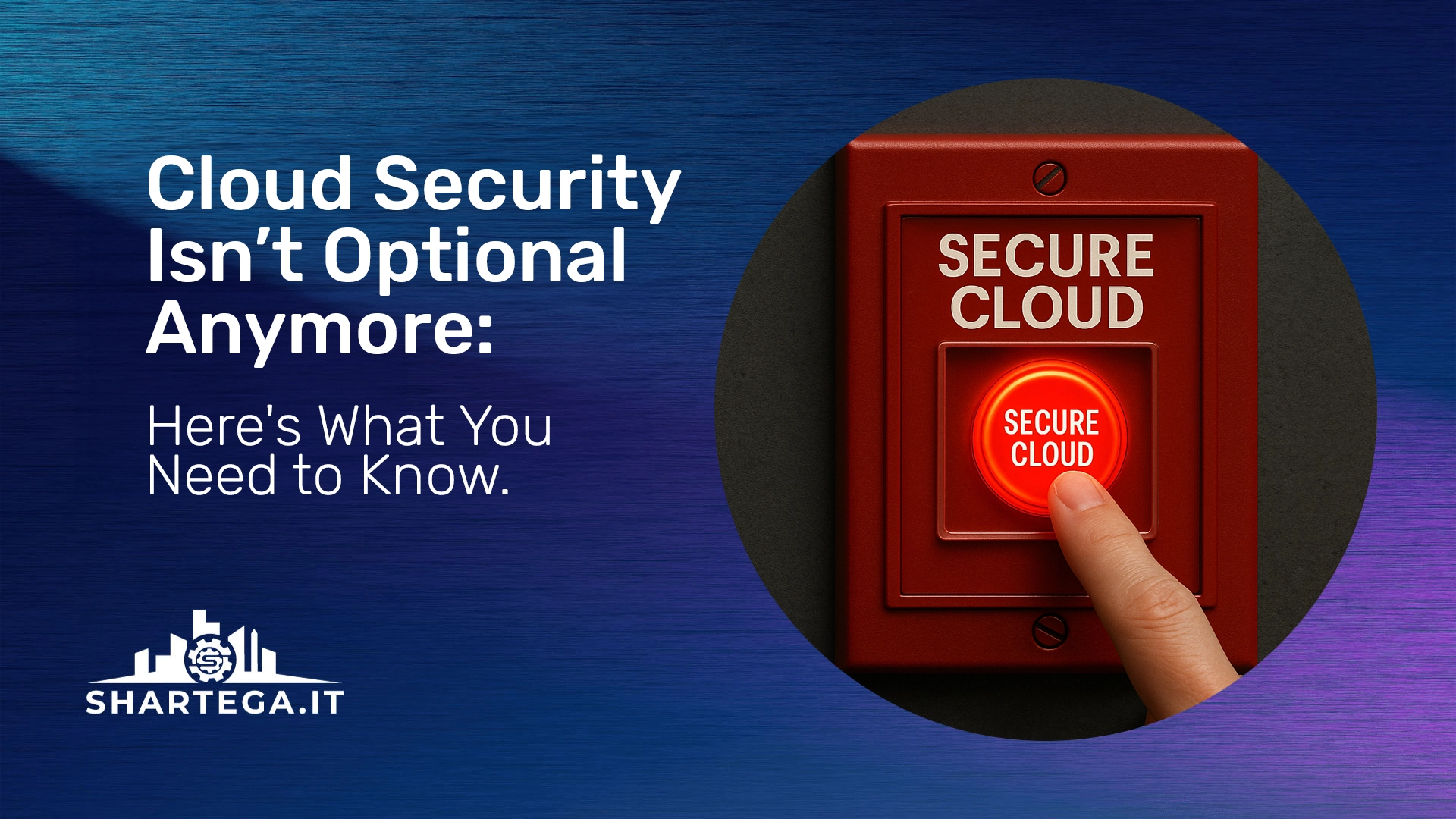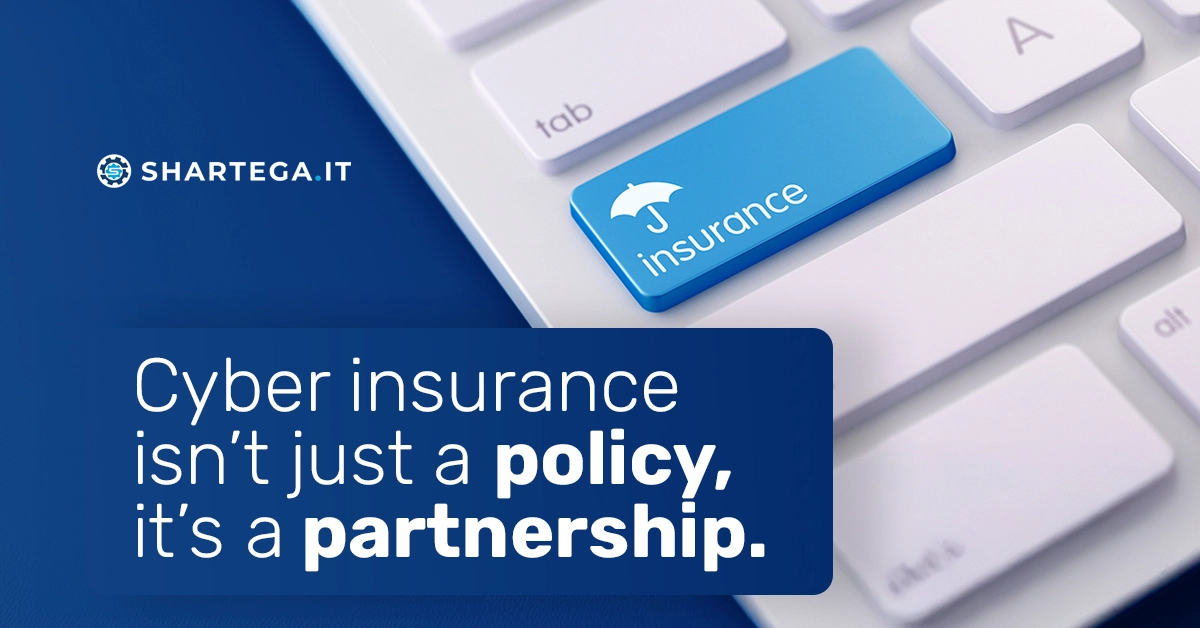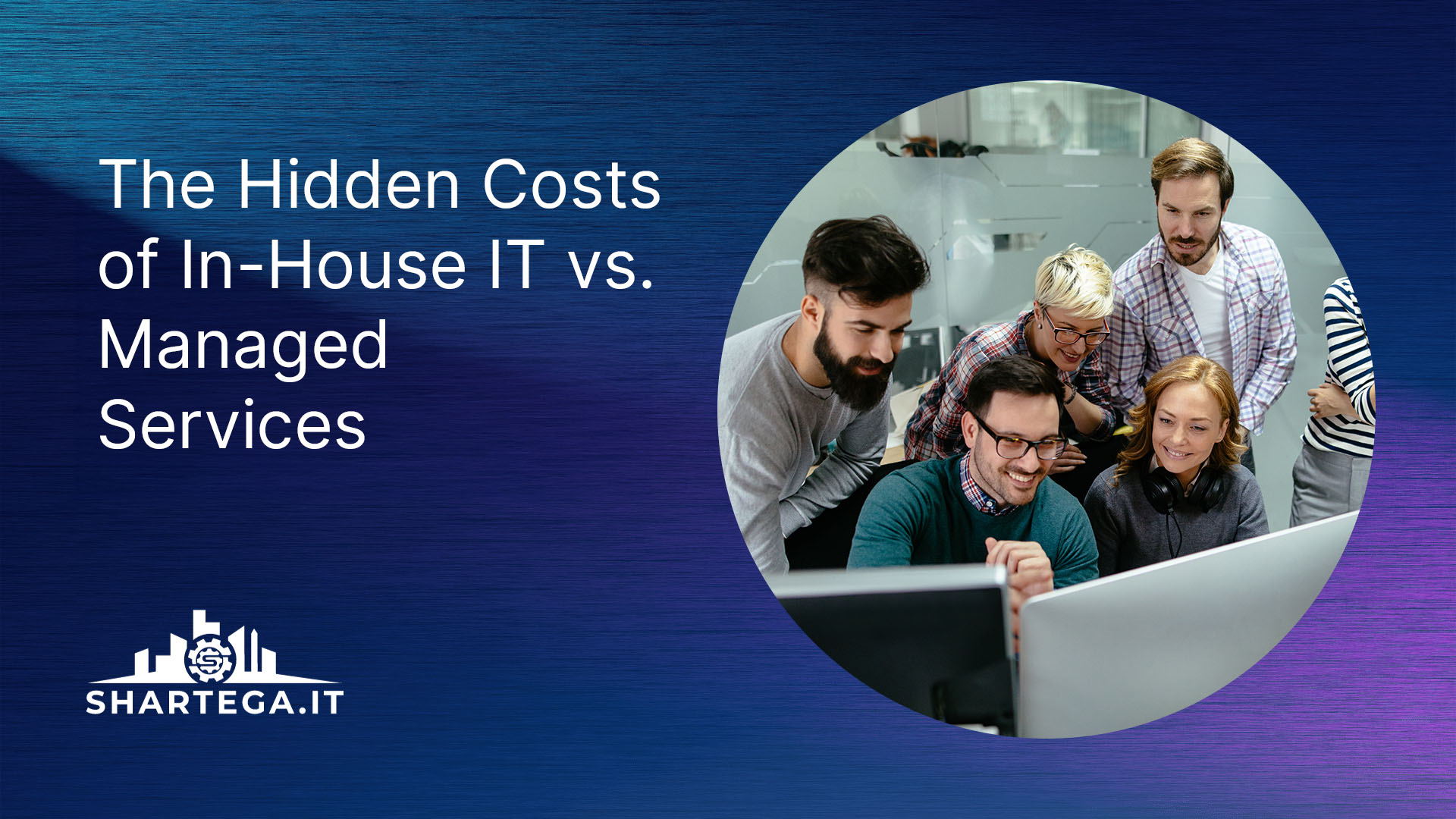You moved to the cloud because it made business faster, leaner, and more collaborative. You could scale up without the cost of new infrastructure. Your team could log in from anywhere. The updates were smoother. Deployments were faster.
But there’s one thing the cloud doesn’t automatically do: keep your data safe.
We see it all the time. Businesses assume that their cloud provider—Amazon, Microsoft, Google, whoever—is handling security. And they are. But only part of it.
Your cloud provider secures the building. You’re responsible for what’s inside your office.
The Problem: Cloud Creates Opportunity—for Everyone
The same things that make the cloud great for business—shared access, flexible environments, and speed—also make it a magnet for attackers.
If you think cybercriminals are only after big companies, think again. They don’t care about your headcount. They care about how easy it is to get in. And most cloud environments have soft spots.
Let’s walk through what could go wrong:
If your cloud storage is exposed or misconfigured, attackers can access everything from customer data to internal financials. In many cases, it’s not even a hack—it’s just a file system left publicly accessible by mistake.
Weak passwords and single-layer login systems are open invitations. Once an attacker gets in through one compromised account, they can move laterally across your organization.
It happens more than people think. A developer checks the wrong box. A port is left open after a test. Suddenly, private company files are indexed on public search engines. It’s not theoretical—it’s routine.
Not every threat comes from the outside. Employees, either unintentionally or maliciously, can cause serious damage. A click on a phishing link or a misdirected file upload is all it takes.
Who's responsible? You are... at least partially.
Cloud security works on what’s called a shared responsibility model. That means your provider handles the physical infrastructure, network, and base-level software.
But everything above that—your data, your applications, your user access, your policies—is on you.
If you’re not taking an active role in protecting your environment, you’re leaving the door wide open.
There’s no silver bullet when it comes to cloud security, but there is a clear and actionable checklist. By following these essential fundamentals, you can significantly reduce your risk and fortify your cloud environment against potential threats. Many businesses overlook these foundational steps, assuming their cloud providers have them covered. However, if you’re not already implementing these basics, your cloud setup remains vulnerable. Taking the time now to review and apply these critical security measures is essential for safeguarding your data and protecting your business from cyberattacks.
- Encrypt Everything: Encryption isn’t optional. Encrypt your data when it’s stored. Encrypt it when it’s being transmitted. If someone intercepts your files, encryption is what turns them into useless gibberish.
- Control Access: Give people the access they need, and nothing more. Set up role-based access controls. Require multi-factor authentication (MFA). Audit who has access on a regular basis. The most dangerous person in your system is someone with permissions they don’t need.
- Conduct Regular Security Audits: You don’t know what you don’t know. That’s where audits come in. Scan your cloud environment for configuration errors, outdated user accounts, and unused assets. These are often the weak points attackers look for.
- Stay Compliant with Industry Standards: Whether it’s HIPAA, GDPR, CMMC, or SOC 2, your compliance posture isn’t just about avoiding fines—it’s about proving to your customers and partners that you take security seriously.
- Build an Incident Response Plan: Something will eventually go wrong. It might be small. It might be big. But when it does, you need a playbook. Who gets notified? What systems need to be shut down? How do you recover data? If you have to figure all that out during the crisis, it’s already too late.
- Implement Disaster Recovery: Backups are great. Backups stored somewhere other than your production environment are better. Make sure your critical data is copied, secure, and easily restorable in the event of a failure or breach.
Most businesses don’t fail at cloud security because they don’t care. They fail because they think “using the cloud” and “securing the cloud” are the same thing.
They’re not.
Security isn’t something you set up once and walk away from. Cloud environments change daily—new users, new tools, new threats. Your security model has to evolve just as fast.
The goal isn’t to make your business impenetrable. The goal is to make it resilient—able to spot problems early, limit the damage, and bounce back fast.
You Don’t Need to Be an Expert. That’s Why We’re Here.
At Shartega, we specialize in helping companies secure their cloud environments without getting in the way of the business. We know your team needs speed and flexibility. Our job is to make sure that doesn’t come at the cost of safety or compliance.
- Full review of your current cloud security posture
- Identification of critical vulnerabilities
- Step-by-step remediation plans
- Ongoing monitoring and support
- Education for your team, so they’re not your weakest link
If you’re not sure whether your environment is secure, the answer is probably “no.” But that’s fixable—and we can help.
Want to know where your vulnerabilities are? Let’s find out—together.
Reach out today and we’ll schedule a no-pressure consultation. If nothing else, you’ll walk away with a clearer view of your risks—and what to do about them.





